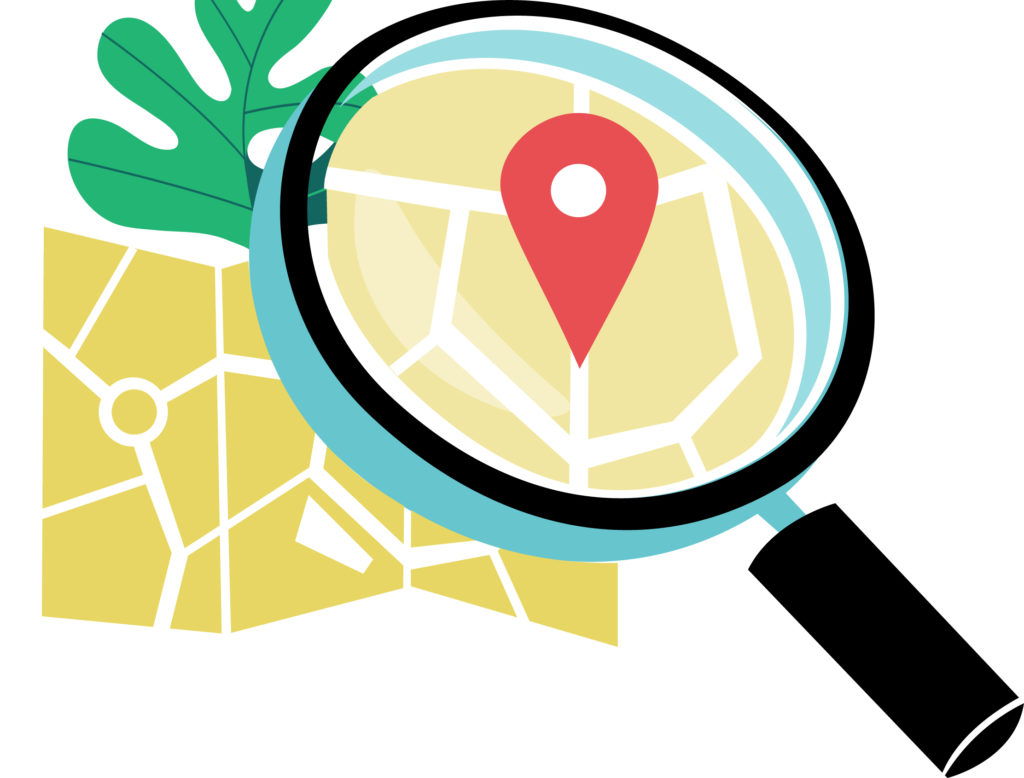Here examples are provided of how citizen science can contribute to the future of scientific research and to productivity gains achieved by adopting new technologies with an emphasis on outputs.
Scientific inquiry conducted following a citizen-science approach benefits science productivity and participants through diverse mechanisms. Citizen-science projects are currently predominantly led by scientists, with members of the public primarily contributing their observational or analytical skills. For example, the Polymath Project started as a collaboration among mathematicians to solve important and challenging mathematical problems and has grown to describe a particular process of using online collaboration to solve any math problem (Polymath, 2014).
Foldit is an online puzzle video game about protein folding part of an experimental research project developed by the University of Washington, whose tens of thousands of players provide valuable results that matched or outperformed algorithmically computed solutions (Cooper et al., 2010). In this case, the output is facilitated by complex software that permits the visualisation of protein shapes, allowing the employment of shape-recognition and modification skills by persons not necessarily trained in biochemistry. The player processes for finding solutions and associated algorithms are both valuable to inform future AI (Khatib et al., 2011).
In some cases, community groups initiate or develop projects in collaboration with scientists. The benefits of projects are as diverse as the topics covered and dependent on the design of the respective initiative. Broadly, well-designed citizen-science projects have the potential to lead to people having a greater interest in, and understanding of, science. This approach to science allows the public to be involved in making scientific discoveries and can empower people to investigate topics of interest and importance to them. The public’s involvement in science has fostered access to information at unprecedented geographic, temporal, and data scales. These benefits are all integral to increasing the productivity of science because they result in:
- additional labour inputs (information collection, analysis, and curation); and
- greater diversity of knowledge co-creation, which can lead to new perspectives, discoveries, and hypotheses (Franzoni et al., 2021).
People who find citizen-science participation a valuable experience may then have increased public support for science.
Citizen scientists also frequently receive training in science, technology, engineering, and mathematics. Citizen science can provide participants with skills and networks that support their professional ambitions. Engaging in research projects can increase a person’s well-being and community involvement with a societal benefit (Pitt et al., 2021).


The citizen-science community cooperatively and efficiently creates and processes larger volumes of data than scientists can acquire and analyse alone following a conventional approach to science. Such citizen-science datasets are collectively a resource that contributes to diverse scientific disciplines, such as biodiversity, medicine, computer science, and astronomy (McClure et al., 2020; Kullenberg and Kasperowski, 2016).
The ability to process data is increasingly important as advances in technology result in ever-larger datasets. Involving citizen scientists in data collection, analysis, and curation can help to resource and improve efficiency. Online platforms, such as Zooniverse and DigiVol, engage the public with interpreting large amounts of text, photos, audio, and video data across a wide range of projects.
Collectively, such projects draw upon diverse scientific disciplines, from astronomy and social sciences to ecology and computer science. In 2015, the in-kind contributions of data collection and processing from over one million participants in about 400 citizen-science biodiversity projects was estimated to be USD 0.7-3 billion annually (Theobald et al., 2015). These projects covered spatial scales comparable to government-funded projects and ran for longer than most government-funded projects related to biodiversity. In biodiversity-related research, the cost of collecting similar data via traditional means is often greater. For example, one study found that the cost of monitoring biodiversity across Europe would triple if citizen scientists were not involved (Schmeller et al., 2009).
A growing body of literature demonstrates how citizen science has assisted in important scientific discoveries. For example, citizen scientists have helped document a poleward range shift of butterflies (Parmesan et al., 1999), marine species (Pecl et al., 2019) and invertebrates (McClure et al., 2020). Citizen scientists also have contributed to the health sector (Ceccaroni et al., 2021), for example in individual-focused health-related projects, such as PatientsLikeMe (Wicks et al., 2010), and in mammalian motion detection by mapping neurons on the online platform EyeWire (Kim et al., 2014).
Given the recognition that the quality of science can be significantly enhanced by increasing the diversity of people involved (Swartz et al., 2019), citizen-science projects should be considered good for science for this reason alone (Brouwer and Hessels, 2019). School and university students are also more motivated to engage in research when this involves citizen-science initiatives that address local issues.
There has also been a significant rise in citizen-science publications over the past decade (Pelacho et al., 2021). For example, observations of birds that are submitted to eBird (Kelling et al., 2012), a popular bird-observation recording platform, have already informed hundreds of scientific investigations about birds and their ecosystems, as well as environmental
monitoring, management, policy implementation, and computer science
(Cornell Lab of Ornithology, n.d.). Collectively, the eBird participants contribute the largest species-occurrence dataset to the Global Biodiversity Information Facility (GBIF), making over one billion bird observations free and openly accessible on this worldwide biodiversity data repository for anyone to make discoveries (Auer et al., 2022).